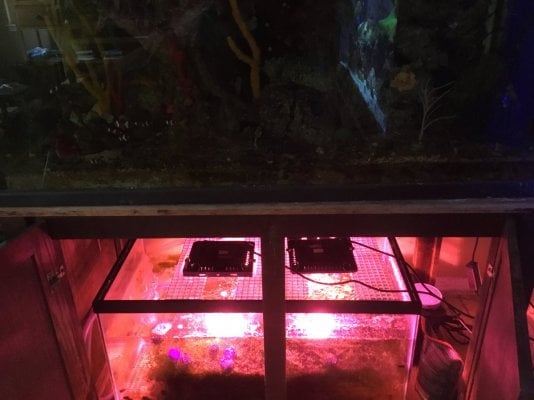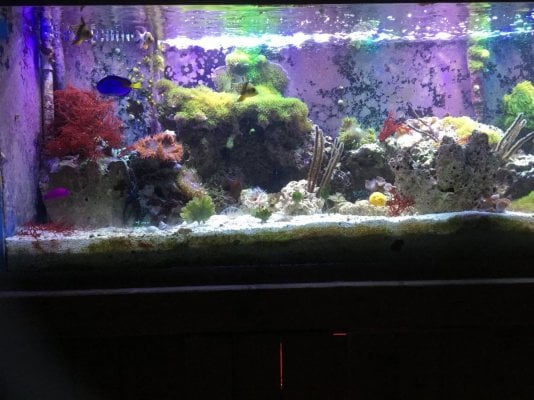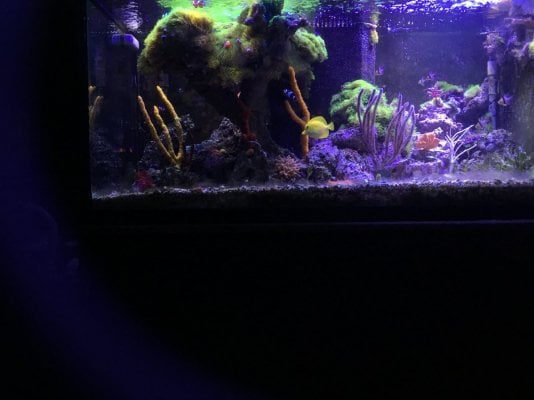Outstanding thread!!! I've been running my skimmer drier and drier over that past year and a half, to the point I clean it out only every 3 months or so. I've even noticed my corals and fish look more healthy (my clowns and mandarins now breed on a weekly to monthly basis) with less skimming. I just cranked my skimmer up to produce wet skimmer but now installed a tube running from the bottom of the cup to the return pump. I'm hoping this helps oxygenate and feed my softie dominated tank...
Where does your protein skimmer get it’s air from. Air drawn from inside of home is usually much higher in CO2 than outside air..




























